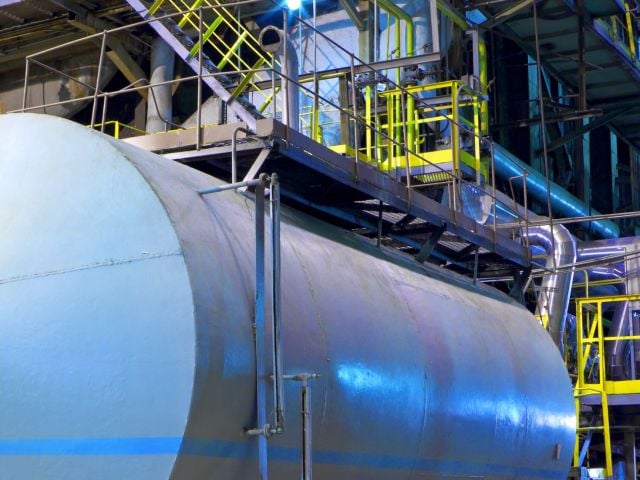
![]() EWG's Chemical Industry Exposed - Top Secret Chemicals | Press Release
EWG's Chemical Industry Exposed - Top Secret Chemicals | Press Release
Executive summary
The 33-year old law that was supposed to ensure that Americans know what chemicals are in use around them, and what health and safety hazards they might pose, has produced a regulatory black hole, a place where information goes in – but much never comes out.
The reason is that under the 1976 Toxic Substances Control Act (TSCA), the chemical industry has been allowed to stamp a “trade secret” claim on the identity of two-thirds of all chemicals introduced to the market in the last 27 years, according to an Environmental Working Group (EWG) analysis of data obtained from the Environmental Protection Agency (EPA). These include substances used in numerous consumer and children’s products.
EWG’s analysis also showed that:
- The public has no access to any information about approximately 17,000 of the more than 83,000 chemicals on the master inventory compiled by the EPA.
- Industry has placed “confidential business information” (CBI) claims on the identity of 13,596 new chemicals produced since 1976 – nearly two-thirds of the 20,403 chemicals added to the list in the past 33 years.
- Secrecy claims directly threaten human health. Under section 8(e) of TSCA, companies must turn over all data showing that a chemical presents “a substantial risk of injury to health or the environment.” By definition compounds with 8(e) filings are the chemicals of the greatest health concern. In the first eight months of 2009 industry concealed the identity of the chemicals in more than half the studies submitted under 8(e).
- From 1990 to 2005, the number of confidential chemicals more than quadrupled – from 261 to 1,105 -- on the sub-inventory of substances produced or imported in significant amounts (more than 25,000 pounds a year in at least one facility). In July 2009 the EPA released the identity of 530 of these chemicals, lowering the number of these moderate- and highproduction volume secret chemicals to 575.
- At least 10 of the 151 high volume confidential chemicals produced or imported in amounts greater than 300,000 pounds a year are used in products specifically intended for use by children age 14 or younger.
TSCA is an extraordinarily ineffective law. Its failings have been repeatedly documented by the Government Accountability Office, Congressional hearings, and independent investigations. But it has generally been assumed that the law required an accurate public inventory of chemicals produced or imported in the United States.
As this investigation shows, it does not.
Instead we have a de-facto witness protection program for chemicals, made possible by a weak law that allows broad confidential business information (CBI) claims, made worse by EPA’s historic deference to business assertions of CBI.
EPA data compiled in response to an EWG information request show that a large number of these secret chemicals are used everyday in consumer products, including artists’ supplies, plastic products, fabrics and apparel, furniture and items intended for use by children. But EPA cannot share specific information on these chemicals even within the agency or with state and local officials.
Industry has a stranglehold on every aspect of information needed to implement even the most basic health protections from chemicals in consumer products and our environment. This must be changed. A chemical’s identity and all related health and safety information must be made available to the public with no exceptions.

